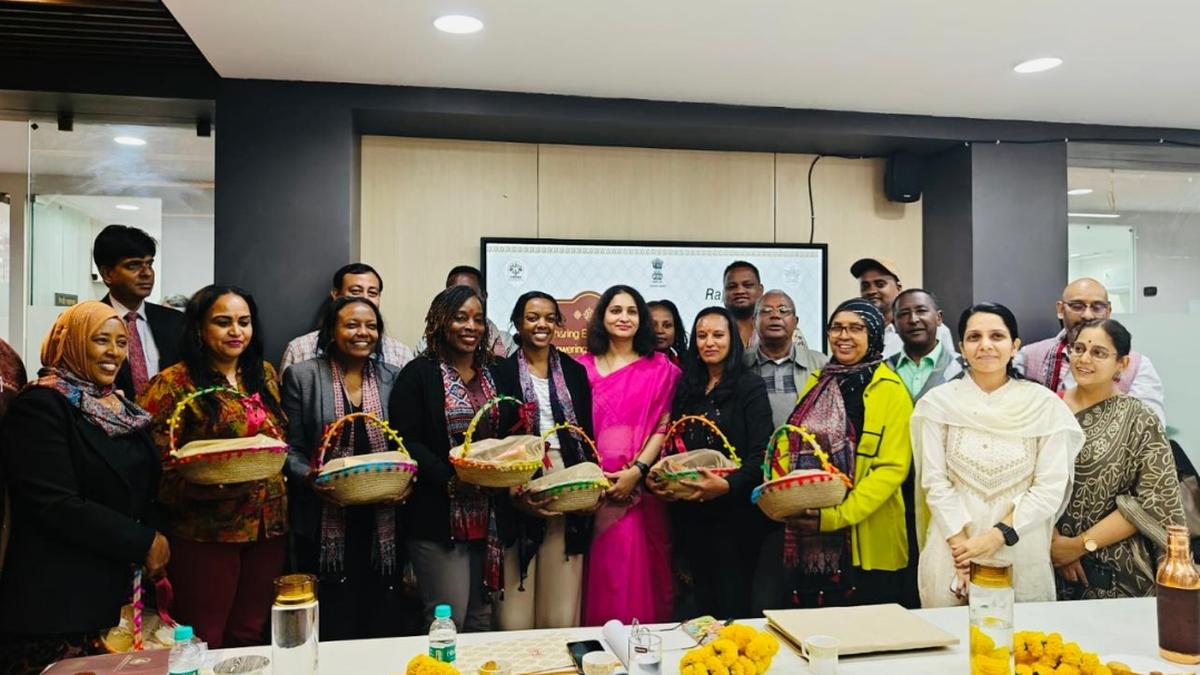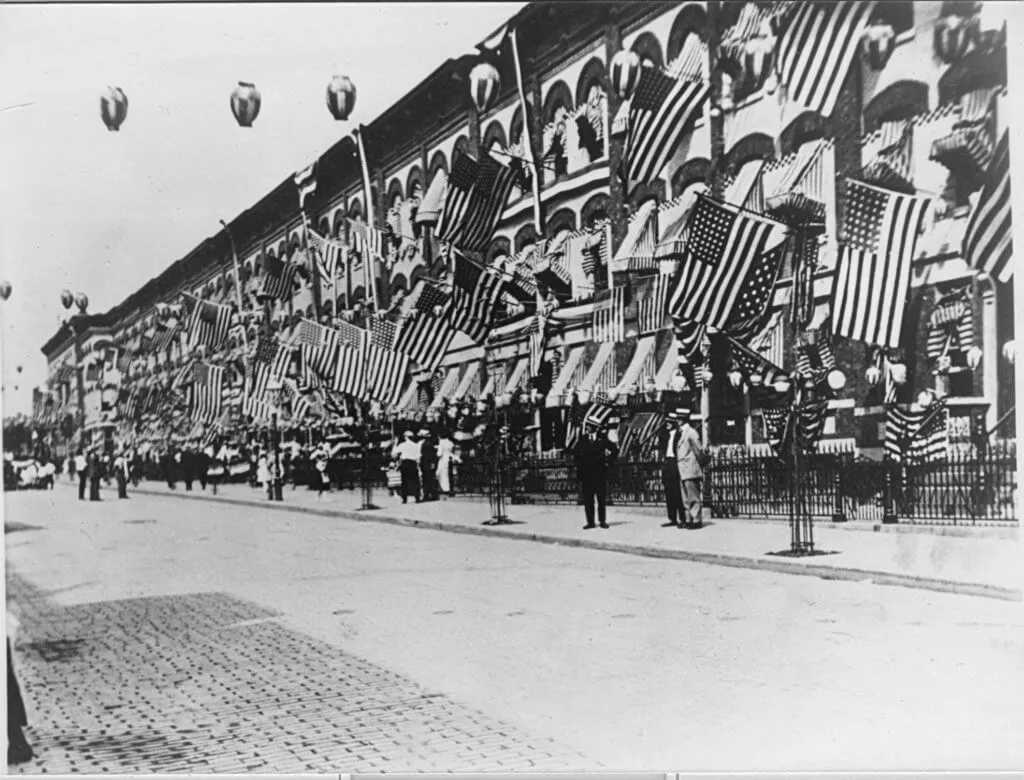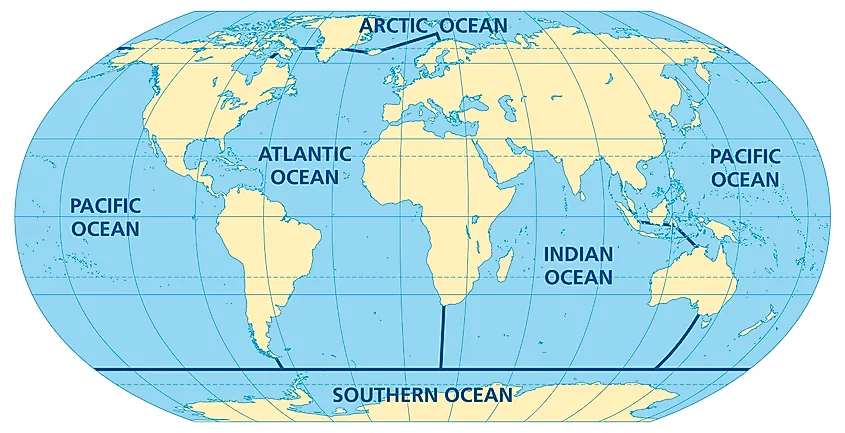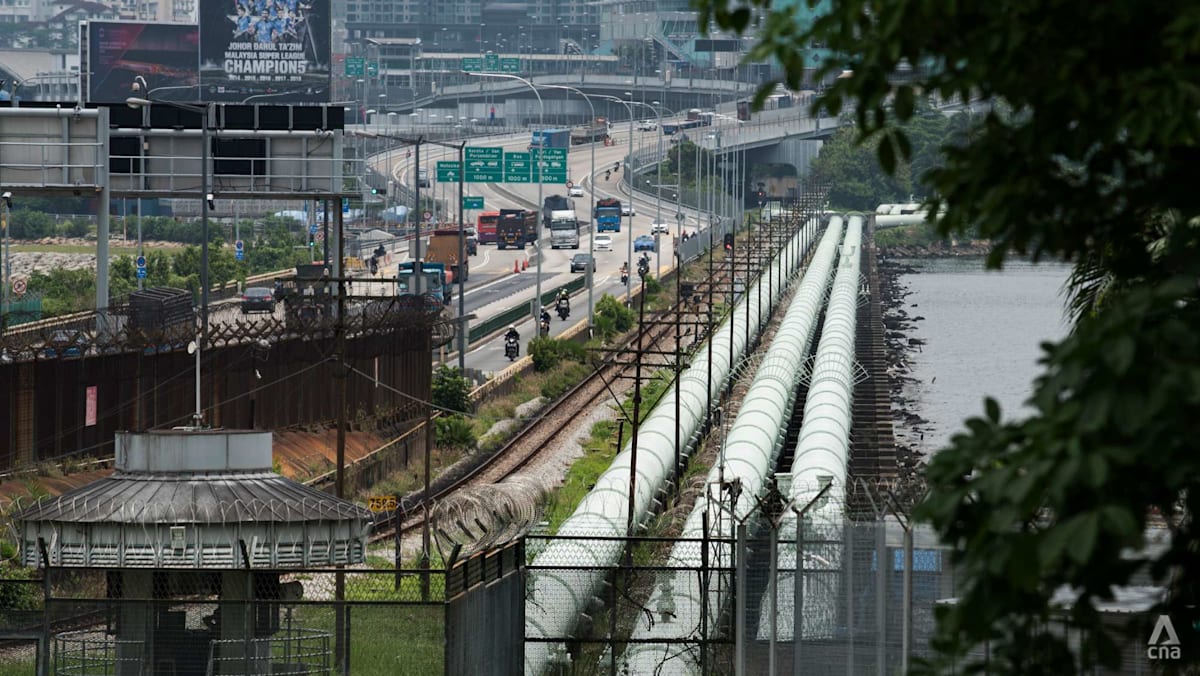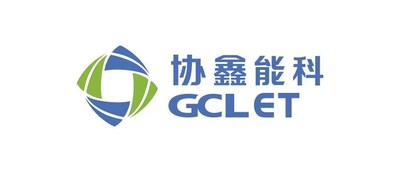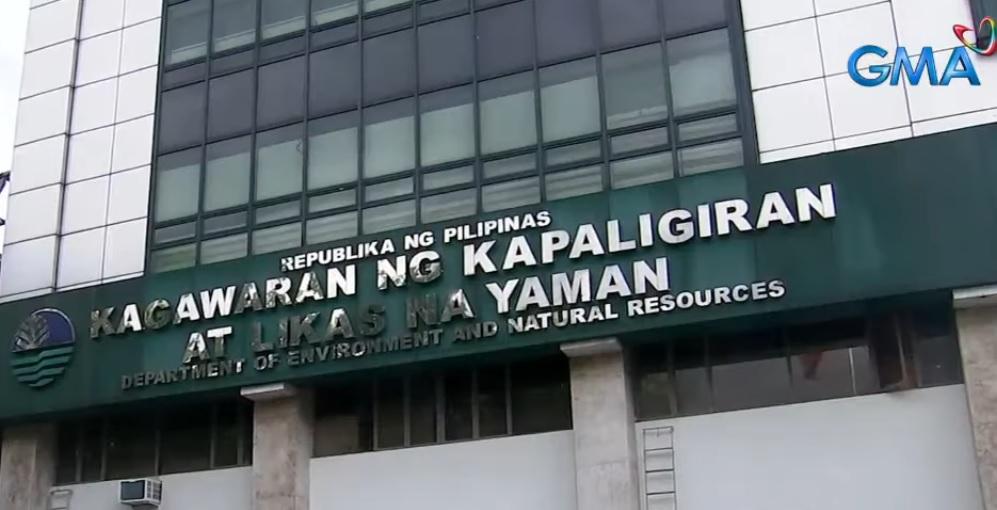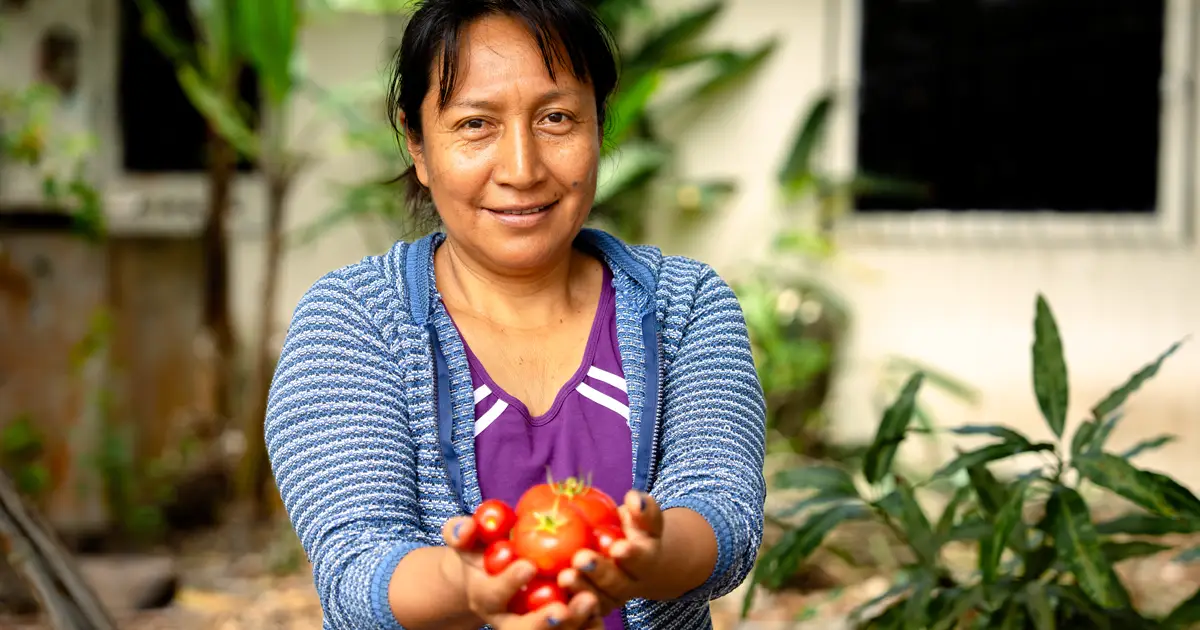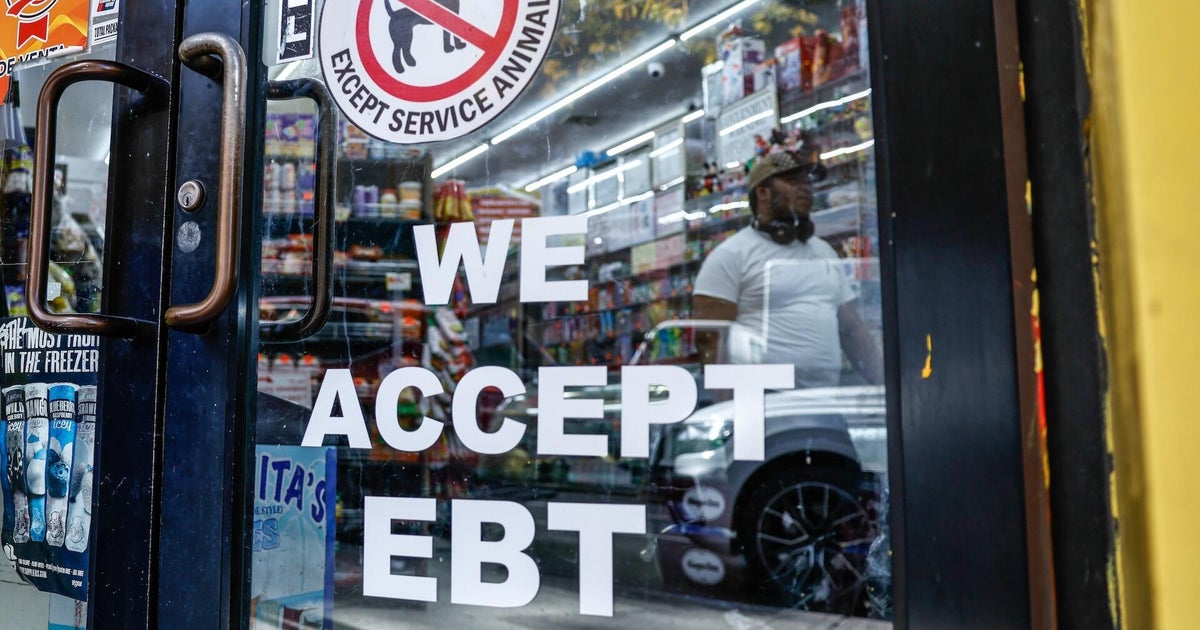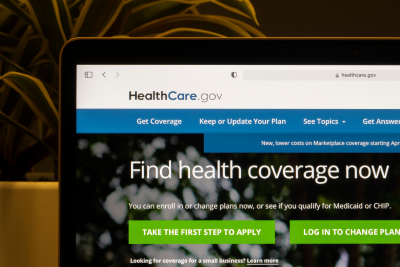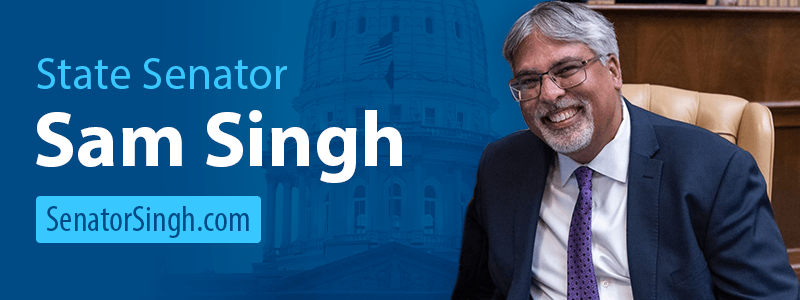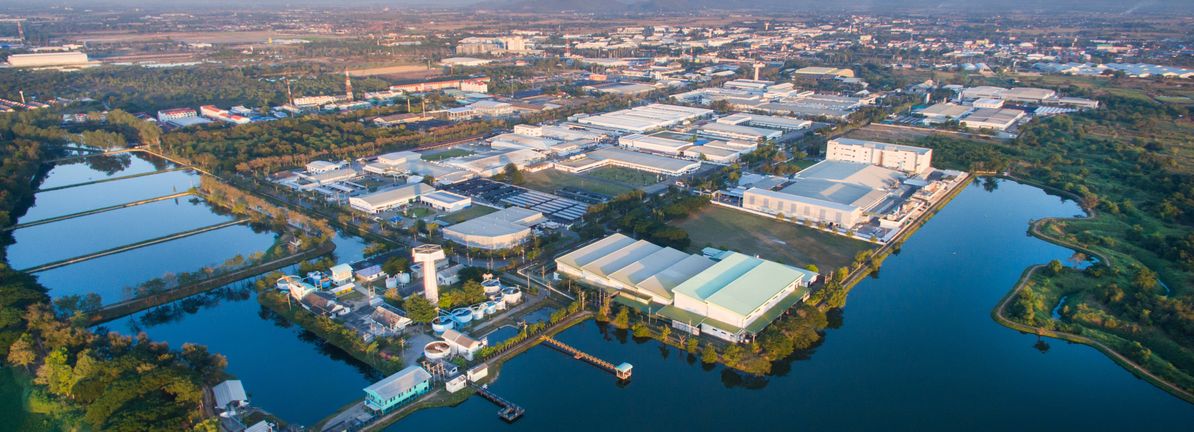Renowned human rights lawyer urges Korea to adopt forced labor import ban – The Korea Herald

Report on Forced Labor in Global Supply Chains and a Call for South Korean Legislative Action
Introduction: Aligning with Sustainable Development Goal 8
A recent report highlights urgent calls from human rights lawyer Martina Vandenberg for the Republic of Korea to enact an import ban on goods produced with forced labor. This measure is presented as a critical step toward achieving Sustainable Development Goal 8 (Decent Work and Economic Growth), particularly Target 8.7, which aims to eradicate forced labor, end modern slavery, and eliminate human trafficking. Vandenberg, president of the Human Trafficking Legal Center, asserts that forced labor is a systemic feature of the global economy, affecting all nations, including South Korea.
The Pervasiveness of Forced Labor and its Conflict with Sustainable Development
Systemic Exploitation in Supply Chains
Forced labor is identified not as an anomaly but as a structural component of the global economic system. The pressure from developed economies for lower prices incentivizes exploitative practices. This systemic issue directly contravenes the principles of SDG 8 (Decent Work and Economic Growth) and SDG 10 (Reduced Inequalities).
- Companies often create complex layers of subcontractors to obscure liability for labor exploitation.
- Workers from impoverished nations are frequently compelled to pay recruitment fees, leading to debt bondage.
- Exploitation methods include deception regarding pay rates, violence, and sexual violence, fundamentally violating human rights and the principles of decent work.
Corporate Responsibility and SDG 12
The report stresses that no company is immune to the presence of forced labor within its supply chain. This places a significant onus on corporations to ensure ethical sourcing, in line with SDG 12 (Responsible Consumption and Production). The practice of distancing corporate entities from labor conditions through subcontracting is a primary obstacle to achieving supply chain transparency and accountability.
Legislative Frameworks for Eradicating Forced Labor
The U.S. Import Ban as a Model for Strong Institutions (SDG 16)
The United States’ enforcement of Section 307 of the Tariff Act, which prohibits the import of goods made with forced labor, is cited as an effective model. The strengthening of this law in 2016 has created a powerful enforcement mechanism that promotes corporate accountability. This legislative action exemplifies the creation of strong institutions required under SDG 16 (Peace, Justice and Strong Institutions).
A Call for South Korean Legislation
South Korea, as a key global economy, is urged to adopt a similar import ban. Such a law would align the nation’s trade policies with global human rights standards and the Sustainable Development Goals.
- A 2023 report by Walk Free estimates that South Korea imports goods valued at up to $20 billion annually that are at risk of being linked to forced labor.
- The proposed legislation would protect exploited workers in other countries and also safeguard domestic workers in Korea from unfair competition with labor paid little to nothing, thereby supporting national objectives under SDG 8.
International Partnerships for the Goals (SDG 17)
The report notes that import bans can be integrated into bilateral and multilateral trade agreements, fostering international cooperation. The inclusion of such bans in the U.S.-Mexico-Canada Agreement (USMCA) serves as a precedent for using trade policy as a tool to advance SDG 17 (Partnerships for the Goals) and promote ethical labor standards globally.
Case Study: Enforcement Action and Remediation
Scrutiny of a South Korean Enterprise
The U.S. Customs and Border Protection’s issuance of a withhold release order against products from Taepyung Salt Farm, a major Korean sea salt producer, demonstrates the tangible impact of import ban legislation. The action was based on evidence of forced labor conditions, following a petition from Korean civil society organizations.
Objectives of Enforcement: Achieving Justice and Decent Work
The ultimate purpose of such enforcement actions is not merely punitive but remedial. It is designed to compel systemic change and provide justice for victims, directly contributing to the targets of SDG 8 and SDG 16. The primary objectives are:
- To halt the importation of goods tainted by forced labor.
- To incentivize companies to reform their labor practices and eliminate exploitation from their supply chains.
- To ensure that affected workers receive full compensation and that their working conditions are demonstrably improved.
The report concludes that a modification or revocation of such an order should only occur when there is verifiable proof of worker compensation and systemic change, ensuring that legislative action leads to meaningful improvements in the lives of workers on the ground.
Which SDGs are addressed or connected to the issues highlighted in the article?
- SDG 8: Decent Work and Economic Growth
- SDG 10: Reduced Inequalities
- SDG 16: Peace, Justice and Strong Institutions
- SDG 17: Partnerships for the Goals
What specific targets under those SDGs can be identified based on the article’s content?
-
SDG 8: Decent Work and Economic Growth
-
Target 8.7: Take immediate and effective measures to eradicate forced labour, end modern slavery and human trafficking.
Explanation: The entire article focuses on the issue of forced labor within global supply chains. Martina Vandenberg explicitly states, “Forced labor is ubiquitous,” and calls for measures like import bans to combat it. The work of the Human Trafficking Legal Center, which seeks restitution for human trafficking victims, directly addresses this target. -
Target 8.8: Protect labour rights and promote safe and secure working environments for all workers, including migrant workers.
Explanation: The article describes the exploitation of workers, particularly those from poorer countries. It notes that “when workers arrive at the job site, they discover they’re not being paid the rate they were promised. Their debt back home keeps growing. They may be victims of deception, violence or even sexual violence.” This highlights a failure to protect labor rights and ensure safe working environments.
-
Target 8.7: Take immediate and effective measures to eradicate forced labour, end modern slavery and human trafficking.
-
SDG 10: Reduced Inequalities
-
Target 10.7: Facilitate orderly, safe, regular and responsible migration and mobility of people.
Explanation: The article describes a broken system for migrant labor, where individuals from poor countries “have to buy that job” by paying “recruitment fees, fees for medical tests, fees to travel.” This practice is the opposite of orderly, safe, and responsible migration, leading to debt bondage and exploitation, thus exacerbating inequality.
-
Target 10.7: Facilitate orderly, safe, regular and responsible migration and mobility of people.
-
SDG 16: Peace, Justice and Strong Institutions
-
Target 16.2: End abuse, exploitation, trafficking and all forms of violence against and torture of children.
Explanation: While the article primarily discusses adult workers, human trafficking is a central theme. The Human Trafficking Legal Center’s mission is to support victims of human trafficking, which is a key component of this target. -
Target 16.3: Promote the rule of law at the national and international levels and ensure equal access to justice for all.
Explanation: The article advocates for legal mechanisms to combat forced labor, such as South Korea enacting an “import ban on goods made with forced labor,” mirroring the US Section 307 of the Tariff Act. The work of training “4,000 pro bono attorneys” to seek restitution for victims is a direct effort to ensure access to justice.
-
Target 16.2: End abuse, exploitation, trafficking and all forms of violence against and torture of children.
-
SDG 17: Partnerships for the Goals
-
Target 17.10: Promote a universal, rules-based, open, non-discriminatory and equitable multilateral trading system.
Explanation: The article discusses how import bans can be incorporated into bilateral and multilateral trade agreements to create a more equitable system. It cites the US-Mexico-Canada Agreement (USMCA) as an example where Canada and Mexico adopted import bans, suggesting that trade rules can be used to enforce labor standards. -
Target 17.16: Enhance the global partnership for sustainable development, complemented by multi-stakeholder partnerships.
Explanation: The forum mentioned in the article was co-hosted by the National Assembly Labor Forum, the National Human Rights Commission, and the Korean Bar Association, demonstrating a multi-stakeholder partnership at the national level. The call for South Korea to join other countries like the US, Canada, and Mexico in implementing import bans points to the need for a global partnership to address forced labor.
-
Target 17.10: Promote a universal, rules-based, open, non-discriminatory and equitable multilateral trading system.
Are there any indicators mentioned or implied in the article that can be used to measure progress towards the identified targets?
-
SDG 8: Decent Work and Economic Growth
- Indicator for Target 8.7: The monetary value of imports at risk of being produced by forced labor. The article states that “South Korea imports up to $20 billion worth of goods each year that are at risk of being linked to forced labor.” A reduction in this value would indicate progress.
- Indicator for Target 8.8: The number of legal actions taken against companies for using forced labor. The article mentions the US Customs and Border Protection issuing a “withhold release order against products from Taepyung Salt Farm” as a specific action. The number of such orders issued is a measurable indicator.
-
SDG 10: Reduced Inequalities
- Indicator for Target 10.7: The prevalence of recruitment fees paid by migrant workers. The article states that workers “pay recruitment fees, fees for medical tests, fees to travel.” Measuring and working to eliminate these fees would be an indicator of progress toward responsible migration.
-
SDG 16: Peace, Justice and Strong Institutions
- Indicator for Target 16.3: The number of national laws and enforcement mechanisms enacted to combat forced labor. The article calls for South Korea to “enact an import ban,” and mentions that Rep. Kim Tae-seon is “preparing to introduce legislation.” The successful passage and enforcement of such a law would be a key indicator.
- Indicator for Target 16.3: The number of legal professionals trained to assist victims of trafficking. The article explicitly states that the Human Trafficking Legal Center has “trained more than 4,000 pro bono attorneys.” This is a direct measure of capacity building for access to justice.
-
SDG 17: Partnerships for the Goals
- Indicator for Target 17.10/17.16: The number of countries and trade agreements that include provisions banning imports of goods made with forced labor. The article mentions the US, Canada, and Mexico as having such bans, with a call for South Korea to join them. An increase in this number would indicate progress.
Table of SDGs, Targets, and Indicators
| SDGs | Targets | Indicators Identified in the Article |
|---|---|---|
| SDG 8: Decent Work and Economic Growth |
8.7: Eradicate forced labour, end modern slavery and human trafficking.
8.8: Protect labour rights and promote safe and secure working environments. |
– Monetary value of imports at risk of being produced by forced labor (e.g., “$20 billion worth of goods” for South Korea). – Number of legal enforcement actions, such as “withhold release orders,” issued against companies. |
| SDG 10: Reduced Inequalities | 10.7: Facilitate orderly, safe, regular and responsible migration and mobility of people. | – Prevalence of recruitment fees paid by migrant workers (workers having to “buy that job”). |
| SDG 16: Peace, Justice and Strong Institutions |
16.2: End abuse, exploitation, and trafficking.
16.3: Promote the rule of law and ensure equal access to justice. |
– Number of national laws enacted to combat forced labor (e.g., a potential import ban in South Korea). – Number of legal professionals trained to assist victims (e.g., “4,000 pro bono attorneys”). |
| SDG 17: Partnerships for the Goals |
17.10: Promote a universal, rules-based, and equitable multilateral trading system.
17.16: Enhance the global partnership for sustainable development. |
– Number of countries adopting import bans on goods made with forced labor. – Number of trade agreements (e.g., USMCA) that include provisions to combat forced labor. |
Source: koreaherald.com

What is Your Reaction?
 Like
0
Like
0
 Dislike
0
Dislike
0
 Love
0
Love
0
 Funny
0
Funny
0
 Angry
0
Angry
0
 Sad
0
Sad
0
 Wow
0
Wow
0
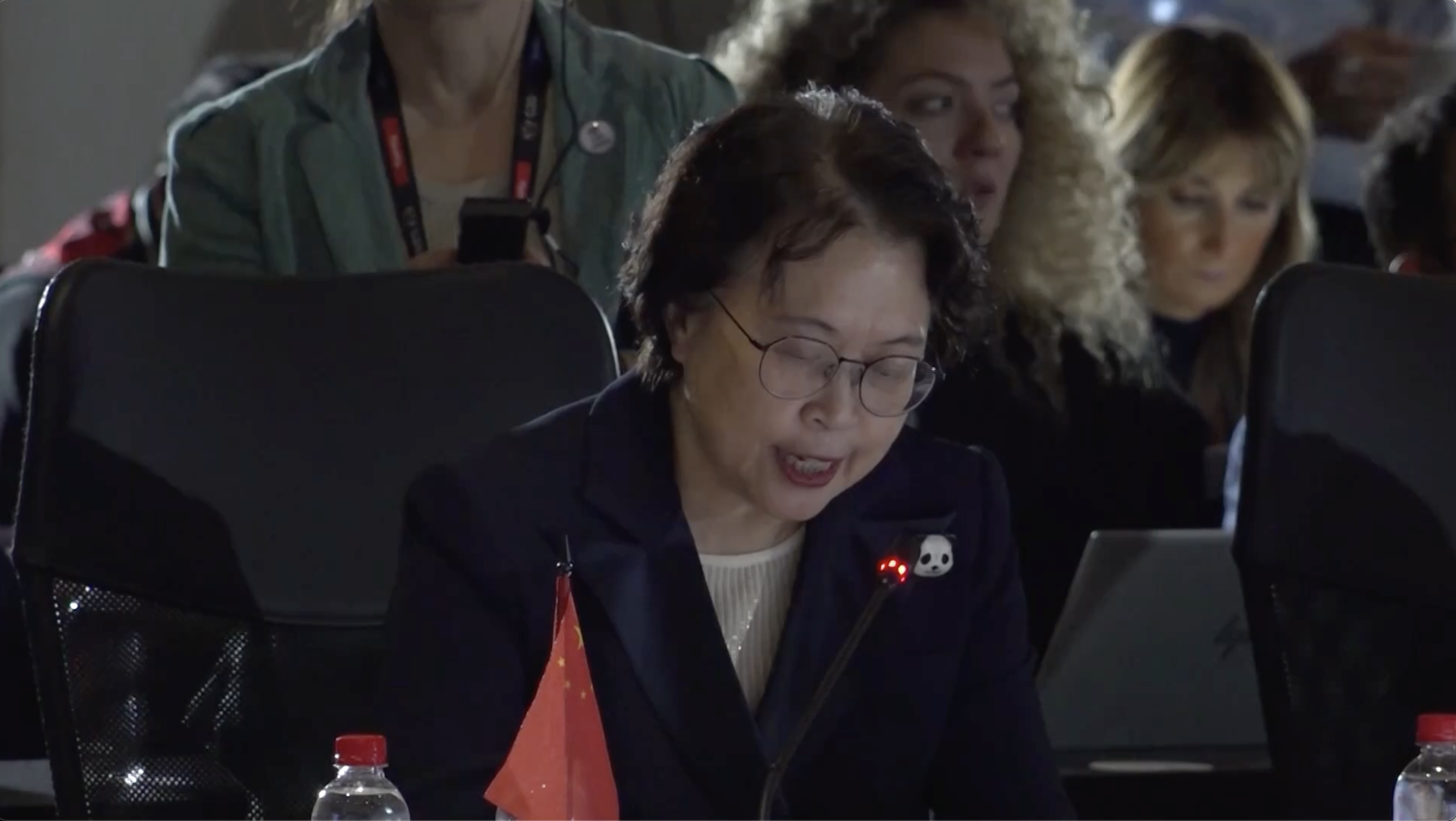
/sexual-and-reproductive-health-and-research-(srh)/contraception-and-fertility-care-(cfc)/mec-and-spr-launch.tmb-479v.jpg?sfvrsn=6f097e0d_2#)




